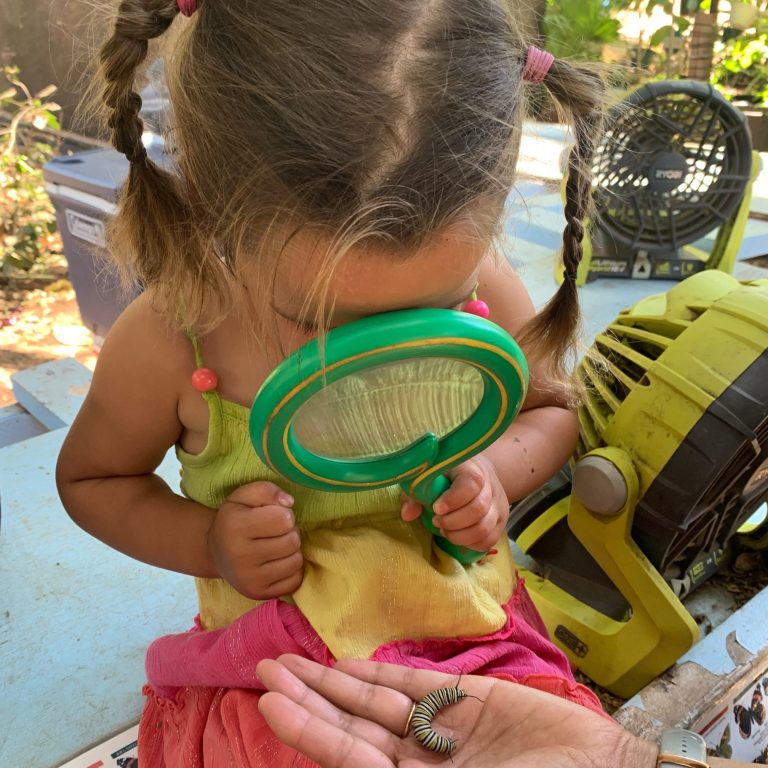The Point Reyes National Seashore is located along the Point Reyes Peninsula, just north of the San Francisco Bay. The peninsula is known for being the windiest area along the Northern California coastline, flanked by Drakes Bay to the south, the Pacific Ocean to the West, and Tomales Bay to the north.
The National Seashore is bigger than I expected, taking over 40 minutes to drive from the Bear Valley visitor center to the lighthouse at the tip of the peninsula, with miles of trails and beaches along the way. My family is lucky enough to live about an hour away from Point Reyes National Seashore, and we try to visit the area a few times per year. We can always find something kid-friendly to do, that my partner and I also want to do.
Here are some tips to help you get outside and explore all that Point Reyes National Seashore has to offer you and your family.

Before you go
- Cell phone reception is minimal to nonexistent in many areas in the park. Be aware that you may not be able to pull up maps or make phone calls while exploring the park.
- The closest gas station to the National Seashore is in Point Reyes Station. Be sure to have enough gas to get you around the National Seashore and back.
- The area can be windy! It is known as one of the windiest parts of the California coastline. Be prepared for wind; bring layers.
- Closures sometimes can restrict visitor access to main areas of the park. Check the National Park website for announcements and closures. Some areas are closed periodically to protect the animals, such as elephant seal pupping season (spring) and snowy plover nesting season (summer).
What we packed
- Standard diaper bag essentials
- Comfortable shoes, clothes, sunscreen, and hats
- Baby carrier
- Camera
Top 8 Kid-Friendly Activities to do in the Point Reyes National Seashore
Point Reyes National Seashore has three visitor centers.
Bear Valley Visitor Center is the largest and most central visitor center and the one we recommend you visit when you first arrive. At the center, you can chat with a park ranger to grab a map just in case your phone stops working and discuss where you want to go, what you want to see, and what they recommend for the day – depending on the weather and season. The rangers are friendly, knowledgeable, and kind.
There is also a small exhibit about the diverse wildlife and cultural heritage of the park, and a small bookstore inside.
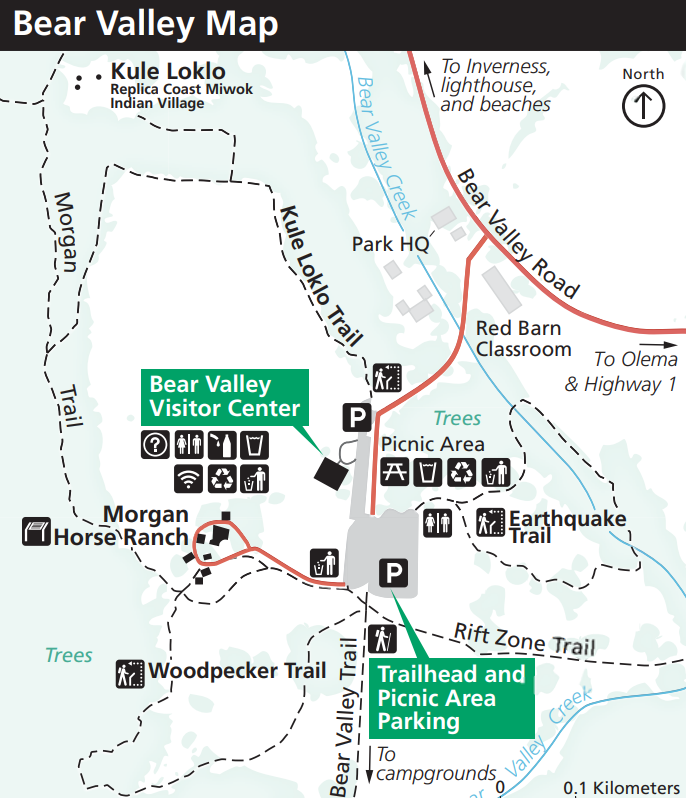
The Coast Miwok have lived in the land now known as Marin and southern Sonoma Counties for thousands of years even before Europeans came to California. There were over a hundred villages in the area, all located near fresh water and food. Point Reyes National Seashore tried to honor that heritage by developing the “Kule Loklo” – meaning “bear valley” – recreated village.
The National Seashore website states that Kule Loklo “stands where no village ever was, but where one might have stood.” Visit the village, just a 0.4 mile walk from the Bear Valley Visitor Center, to learn more about the Coast Miwok, their traditions, and history.
The Big Time Coast Miwok event is held annually in July at Kule Loklo for all visitors to gather, learn, and pay respect to this resilient community.
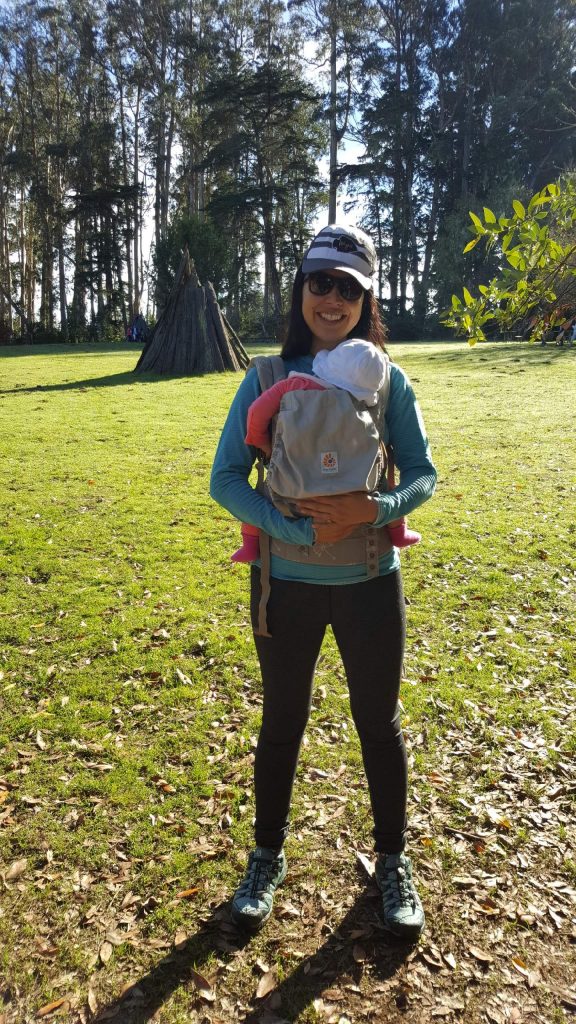
Hike along Tomales Point
The Tomales Point Trail takes you along a 9.7 mile out and back out-and-back hike along the ridge of Tomales Point on the northern end of the Point Reyes National Seashore.
We heard that visitors could see tule elk, birds, and beautiful wildflowers along this trail and thought we would give it a try. We did not realize that the drive to the hike was a windy, 20-minute drive from the visitor center, or that the parking lot for the trail and surrounding area was small and could fill up fast.
Since we arrived mid-day after the crowds, we had to park about a 10-minute walk from the trailhead along the side of the road. Despite the challenges, the hike was beautiful. It was relatively flat, with little tree cover, a little windy, but with sweeping views of the Pacific Ocean on one side, and Tomales Bay on the other.
We hiked for only about 20 minutes before our kiddo asked for some food, so we headed back to the trailhead to enjoy a picnic lunch at Pierce Point Ranch.
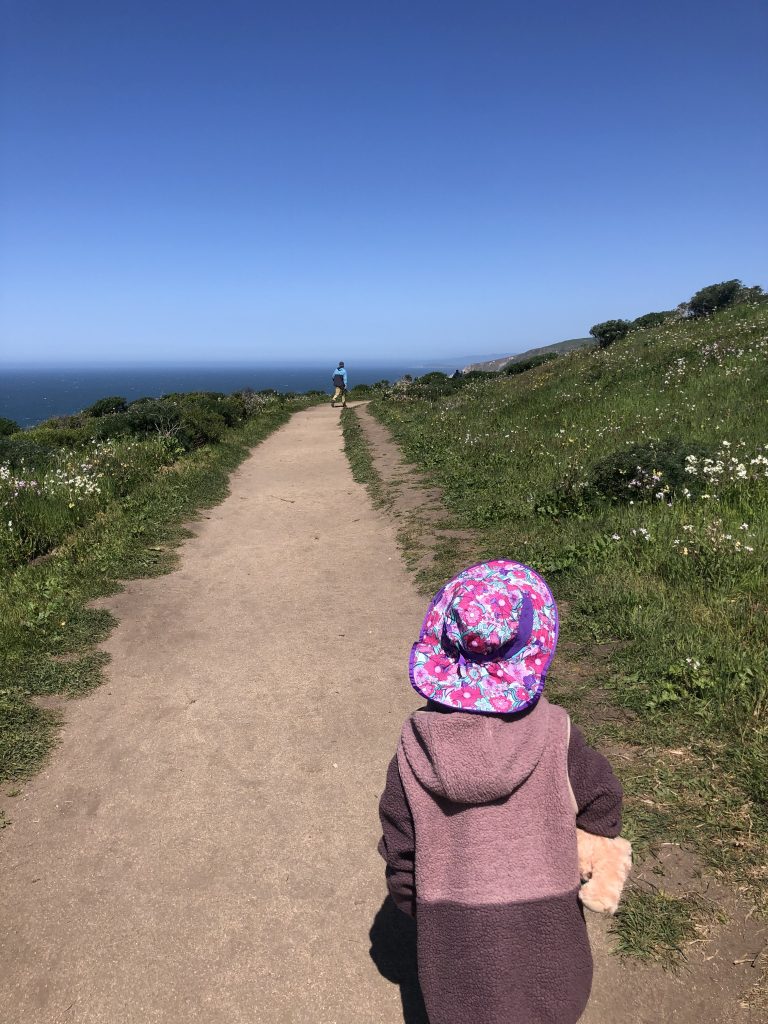
Historically, the Point Reyes peninsula housed many dairy farmers, some who gave or sold their land to make the national seashore, and others who are still operational today.
The Pierce Point Ranch was established at Tomales Point in 1858 and was known as one of the best dairy farms in the state for butter. The dairy farm is mostly intact, looking much like it did in the 1800’s, with beautiful old buildings painted in white chipping paint, surrounded by grassy hills and wind-swept trees.
Walk through the ranch complex, stop to read the interpretive signs with dairy farming history and facts, and enjoy a picnic lunch on the benches provided.
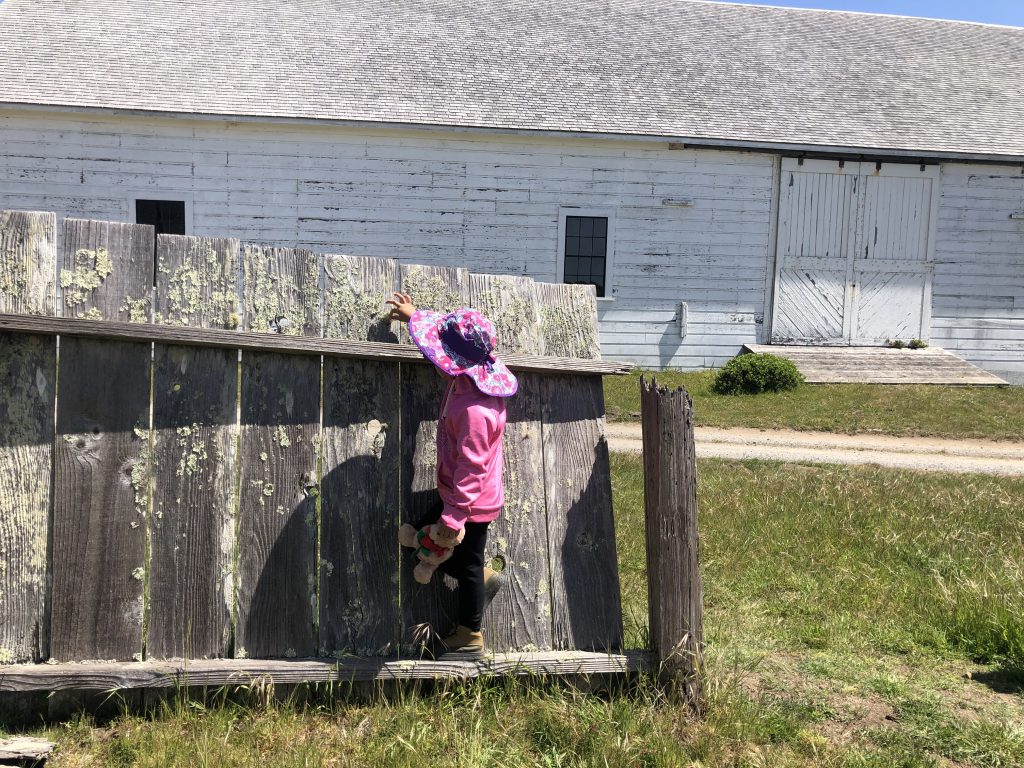
Take the stairs to the lighthouse
The Point Reyes Station Lighthouse was built in 1870 on the westernmost tip of the peninsula, about a 40-minute drive from the visitor center. The drive along the coast to reach the lighthouse is long, but full of beautiful views of the Pacific Ocean and long sandy beaches.
Once you reach the signs for the lighthouse, you immediately see the 313 stairs you must descend to reach the structure.
The Point Reyes Station Lighthouse looks as though it is floating on a cliff. It is a site to see and a triumph to reach!
Our preschooler made it down the stairs, with the encouragement of snacks along the way. Our toddler, however, was carried in a Tushbaby carrier the whole way up and down. Be prepared for a workout!
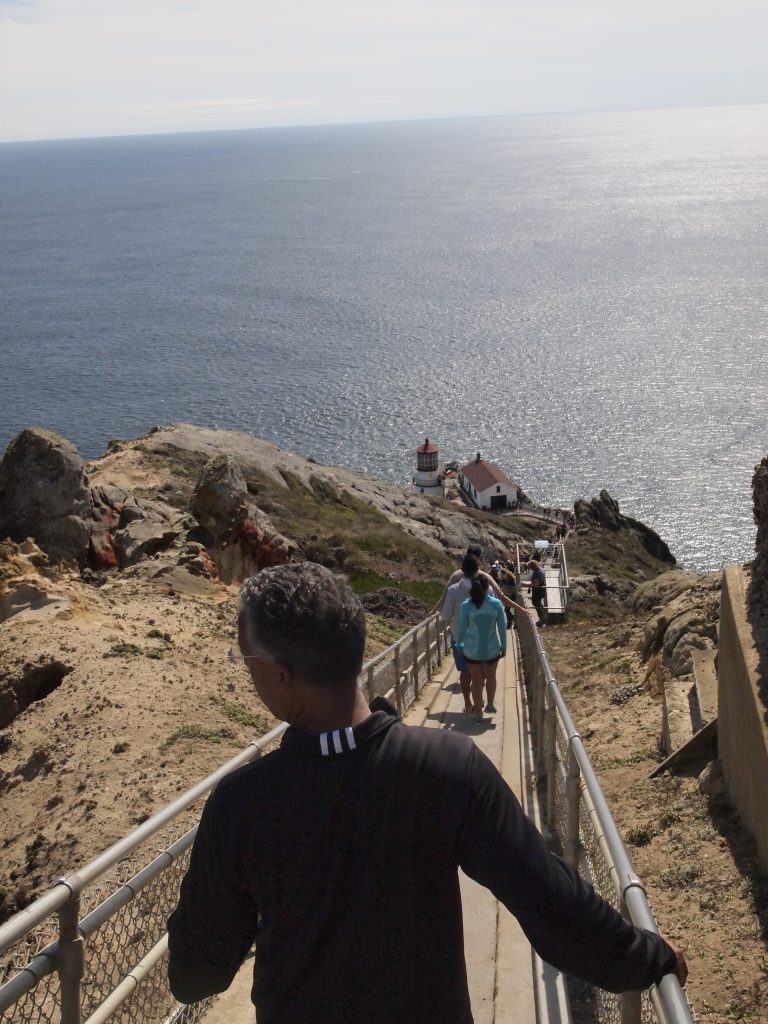
The west side of the Point Reyes peninsula is lined with beautiful sandy beaches. As you drive along Sir Francis Drake Blvd towards the lighthouse, you’ll see multiple beach access points on the west side of your car. Pull over at any of those access points to find a small parking lot and a short walk to the beach. We always bring a picnic, beach toys, and towels.
Having driven to a few of these beaches both with and without my family, I’ve found that the weather can be unpredictable. Sometimes, the beaches are warm, sunny, and gorgeous. I’ve also visited when it is so foggy you need a puffy coat to be comfortable, or the weather is so windy that the sand stings your skin as it is thrown across the beach.
The waves on the beach can be as unpredictable as the weather, so always put life vests on your kids and consider the wave size before you let your little one swim.
Click here to read about safety on the seashore. Also, visit the website to find out if there are any closures on the beaches at the time of your visit to protect animal life.
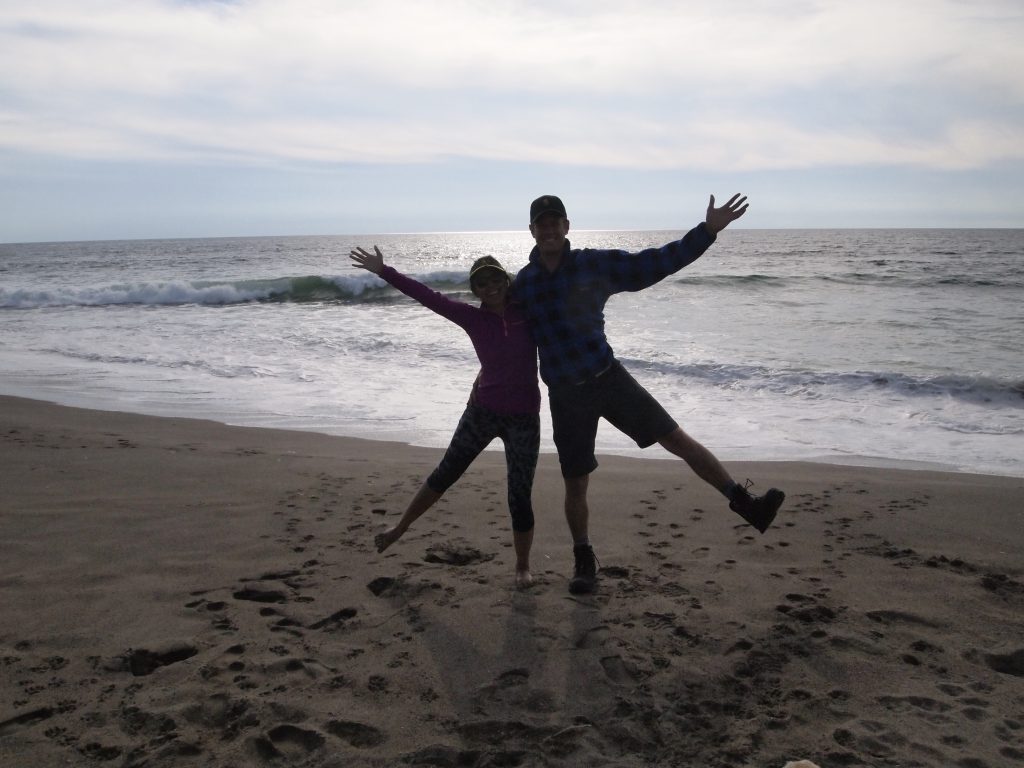
Point Reyes National Seashore is home to Tule Elk and northern elephant seals, harbor seals, and snowy plovers who all come to find shelter during their pupping or nesting season.
There are designated areas to go and see these beautiful creatures, and sometimes long lines of visitors hoping to get a glimpse of an adorable baby elephant seal and its hard-working mama.
Since the peninsula sticks out 10 miles into the Pacific Ocean, it is also an ideal place for whale watching year-round. Try to spot whales from the lighthouse observation deck with a pair of binoculars. You may find Humpback whales, Blue Whales, and Fin Whales in the summer or fall, Gray Whales in the winter or spring, and Minke Whales or Orcas year-round.
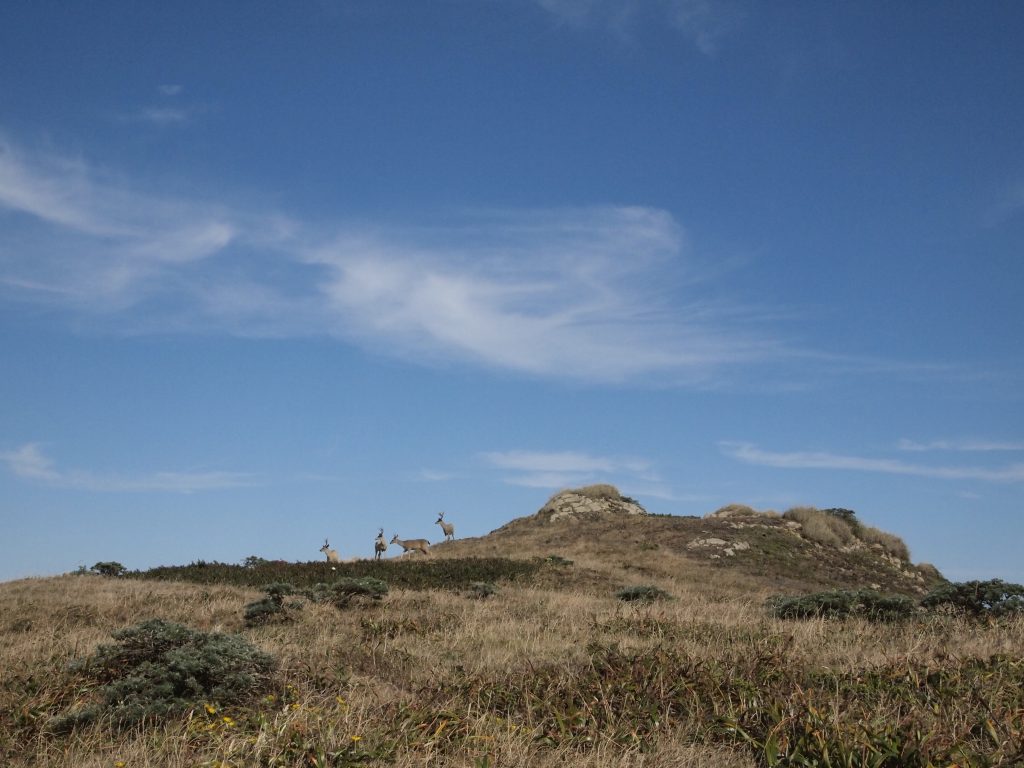
Wander through the town of Point Reyes Station
Sure, Point Reyes National Seashore offers a lot of outdoor adventure, but it does not offer food to keep your kids happy, or gas to keep your car going!
Stop in Point Reyes Station to refuel your car and your bodies, grab a post-hike ice cream cone, play at the playground or buy a sandwich at Palace Market for a picnic on the beach.
See our blog post for more information on the Point Reyes area.

Point Reyes National Seashore has been an outdoor treasure for many families in the Bay Area for many years. Every time I visit, I feel like I’m seeing something new – new weather, new animals, new hiking trails, new adventures. Taking my children there has been an opportunity to see the landscape through new eyes. They love hiking, finding animals, playing in the sand, and camping nearby, and I love experiencing the rugged beauty of the peninsula with them.
The rights to water, land, and for animals (wildlife vs. livestock) were being contested when we visited the Pierce Ranch during our last visit, which was an interesting element to our trip that I needed to research and explain to my preschooler.
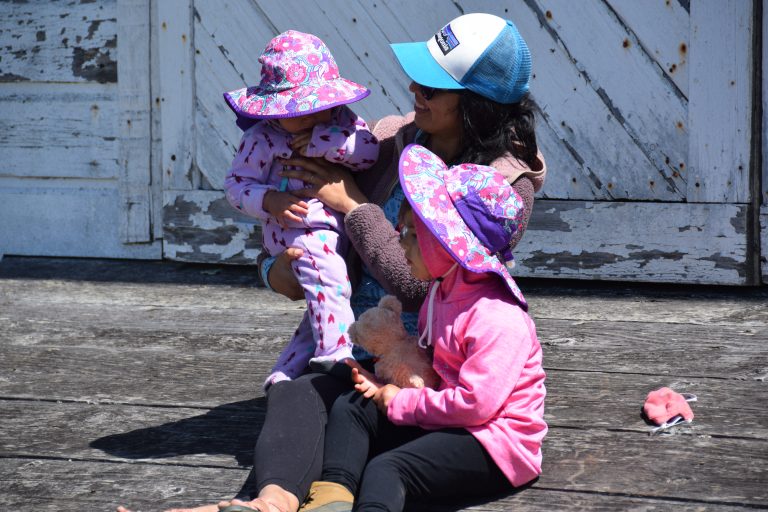
Many historic ranchers still operate and share land and water with the wildlife of the National Seashore. In 2022, environmental groups sued the National Park Service for allowing cattle ranching to continue in the area despite water contamination and its impact on the tule elk population.
As my preschooler watched the news crews line up, and the protestors shouting with their home-made signs, she asked “why?” I told her I didn’t know but would find out and tell her later. After returning to our campsite, and a spot with cellular service, I did a little research and told her about the disputes.
Who has the right to the land? Those who were there first? Or those who came later and have been there for a century? It feels like a similar argument being made about tribal lands and tribal communities for decades. What is the impact over the “land back” argument? Who has the rights to these lands? And how to we move forward? It is a question I’ve often asked myself, and one that I shared with my preschooler who prompted responded “well, why can’t we just share?”
If only things were as easy as it looks for a four-year-old.
Puerto Rican & Indigenous mama of two. Bay Area native. Salsa dancer. Backpacker. Doula. Angel (she/her/hers) is a co-founding member of the Beautiful Brown Adventures team. She has traveled to over 30 countries and loves to explore the world with her two daughters & partner - one ice cream shop at a time.
-
Angelhttps://beautifulbrownadventures.com/author/angelcal/
-
Angelhttps://beautifulbrownadventures.com/author/angelcal/
-
Angelhttps://beautifulbrownadventures.com/author/angelcal/
-
Angelhttps://beautifulbrownadventures.com/author/angelcal/
You might also enjoy
 A Complete Guide to Exploring Point Reyes Peninsula with Kids in California
A Complete Guide to Exploring Point Reyes Peninsula with Kids in California
 Bear Valley – An Easy Ski and Sled Adventure for Kids in California
Bear Valley – An Easy Ski and Sled Adventure for Kids in California
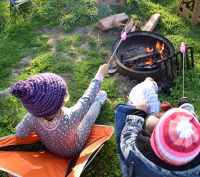 Olema Campground is the Best Last-Minute Campground to Book in the Bay Area with Kids
Olema Campground is the Best Last-Minute Campground to Book in the Bay Area with Kids
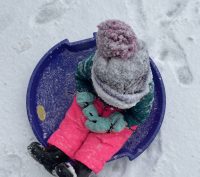 Why Arnold Is The Perfect Basecamp For Winter Exploration In The Sierras With Kids
Why Arnold Is The Perfect Basecamp For Winter Exploration In The Sierras With Kids
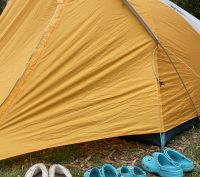 How to Backpack with Kids to the Haypress Campground in Tennessee Valley
How to Backpack with Kids to the Haypress Campground in Tennessee Valley



